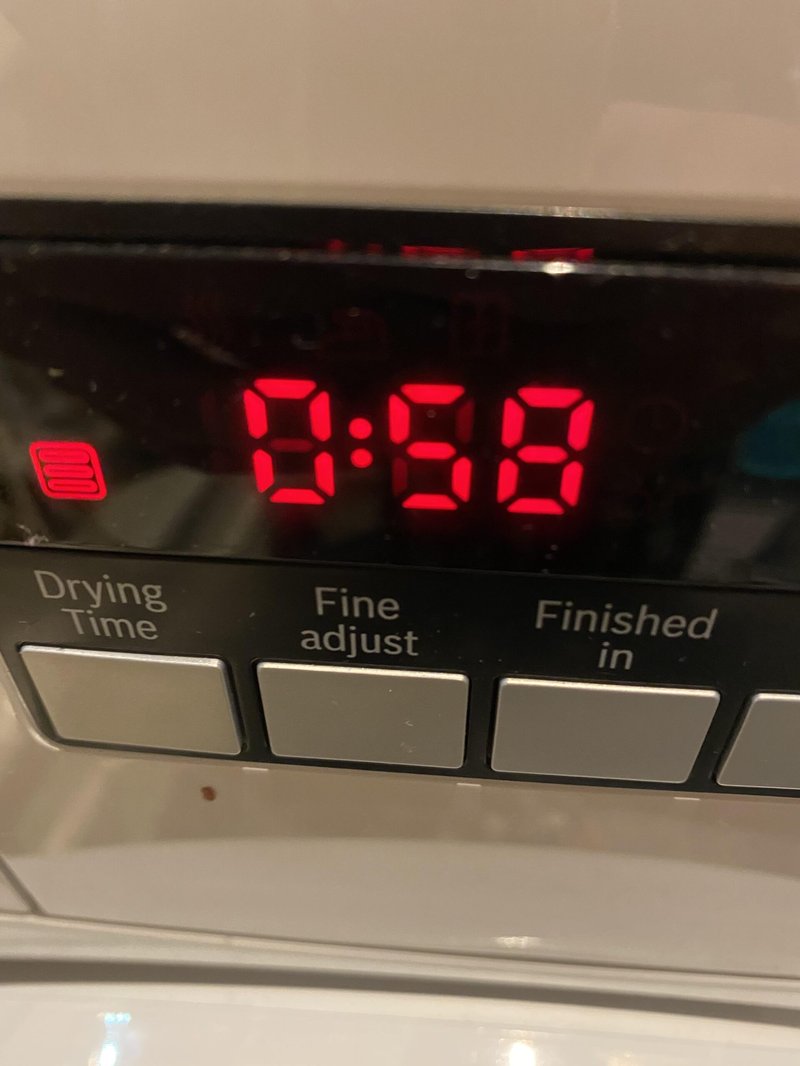
You might be wondering, “What exactly does error code F2 mean?” In simple terms, F2 signals a problem with the dryer’s drying system, often related to airflow issues. Picture this: imagine trying to dry clothes outside on a rainy day. Without dry air, those clothes are going nowhere fast, right? Similarly, your dryer needs efficient airflow to get your laundry done. If it’s struggling with that, ignoring the F2 code could mean damp clothes and a potentially unhappy dryer.
Understanding Error Code F2: What It Means
Here’s the deal: Bosch’s F2 error is commonly linked to a problem with the dryer’s ability to heat or maintain appropriate airflow. It’s like trying to blow up a balloon with a pinhole – the air just doesn’t stay where it needs to be. For dryers, this usually means there’s something blocking the airflow, such as lint buildup or a kinked duct.
Often, the culprit is lint. Over time, lint can accumulate not just in the lint trap, but also in the ducts and venting system. This build-up can be likened to clogging your nose when you’re trying to breathe through it – not ideal, right? The dryer can’t “breathe” properly, leading to the F2 error. So, instead of ignoring the warning, it’s better to take a proactive approach.
In some cases, there might be more to the story. Your dryer could have an issue with the heating elements or even a sensor malfunctioning. Think of it like wearing a jacket in summer – if your dryer’s components aren’t responding properly, the drying process will be just as inefficient and problematic.
Why Ignoring the Error Isn’t a Great Idea
You might think, “Maybe it’ll just fix itself,” but trust me, ignoring the F2 error is like ignoring an overdue bill. It won’t just disappear. Continued usage without addressing the error could lead to larger problems, like overheating (bad for your clothes and the dryer) or even potential fire hazards from lint buildup.
Ignoring the error code can also shorten the lifespan of your dryer. It’s like driving your car with the handbrake on; it just adds unnecessary wear and tear. Plus, continuously running the dryer inefficiently can hike up your energy bills – not exactly wallet-friendly!
Ultimately, addressing this error promptly is about safety and long-term savings. It’s possible that a simple fix is all that’s needed to restore your dryer’s functionality and ensure it runs optimally.
How to Address the F2 Error Code
So, what should you do if your dryer displays the F2 error? First off, take a deep breath and know that this can often be resolved without professional help. Start by checking the lint trap – is it clean? If not, clear it out. This is like clearing your windshield on a foggy day; suddenly everything is clearer!
Next, inspect the dryer vent and ducts for any obstructions or kinks. Removing blockages can enhance airflow significantly. Think of it as unblocking a sink drain; once it’s clear, everything flows smoothly.
If these steps don’t resolve the issue, you might need to delve a bit deeper or call in a professional. Sometimes, the issue might be within the dryer itself, requiring a more technical approach. Ensuring all sensors and heating elements are in top shape is key to getting rid of the error code for good.
In conclusion, while it might be tempting to dismiss the F2 error code, addressing it promptly can save you from bigger headaches later on. By maintaining your dryer and ensuring proper airflow and function, you not only keep it running efficiently but also extend its lifespan. Just like a car or bike needs regular check-ups to run smoothly, so does your trusty dryer.